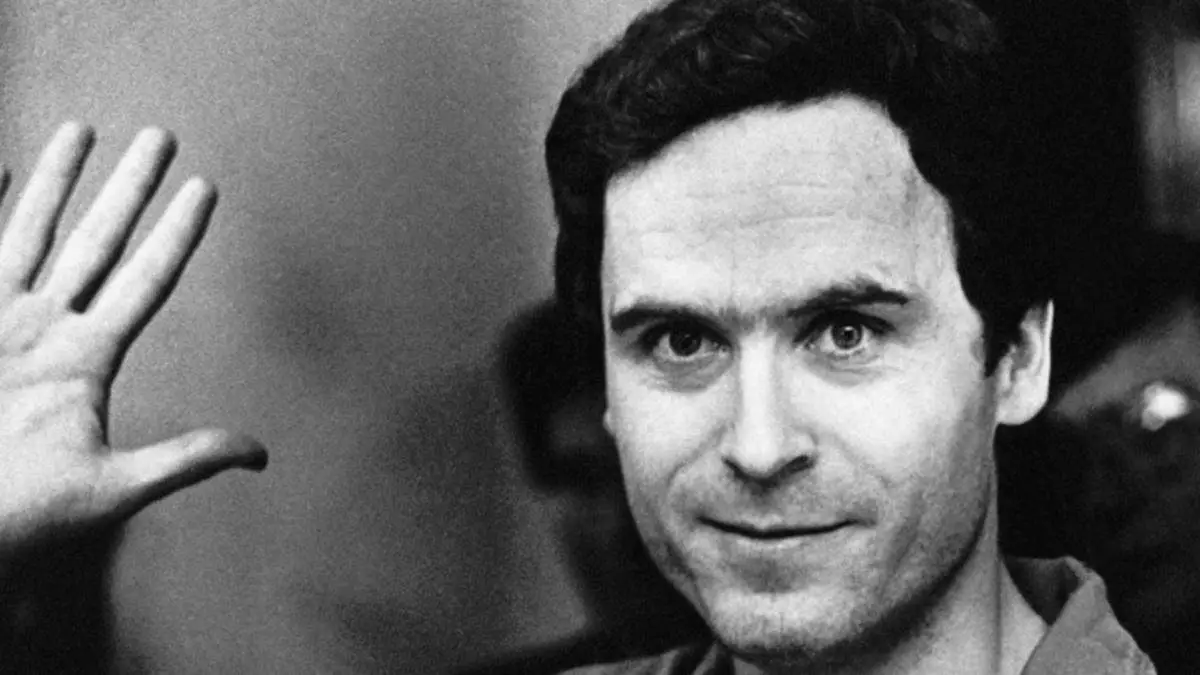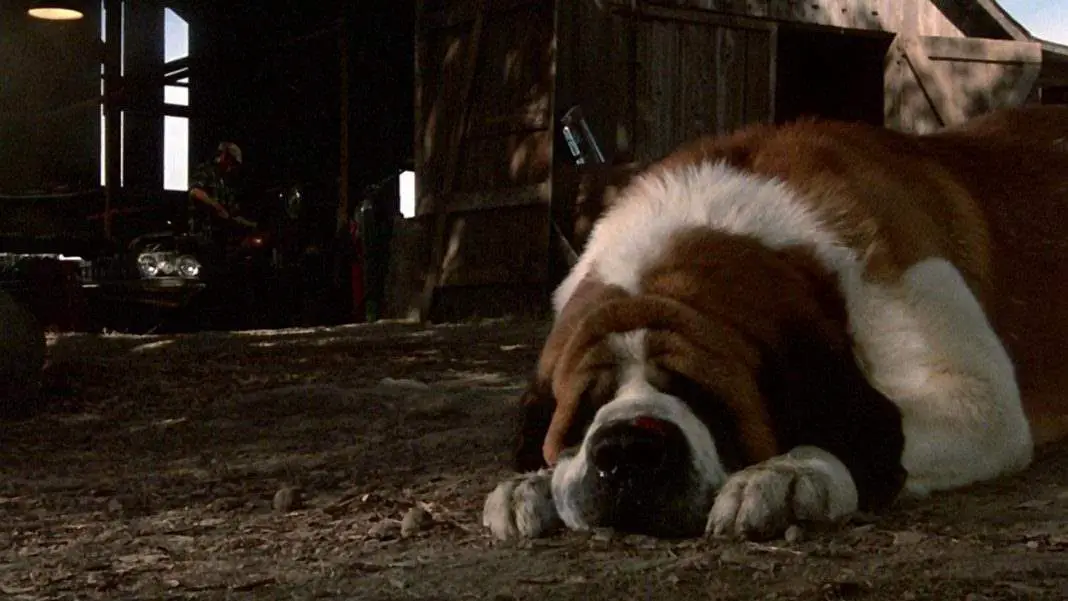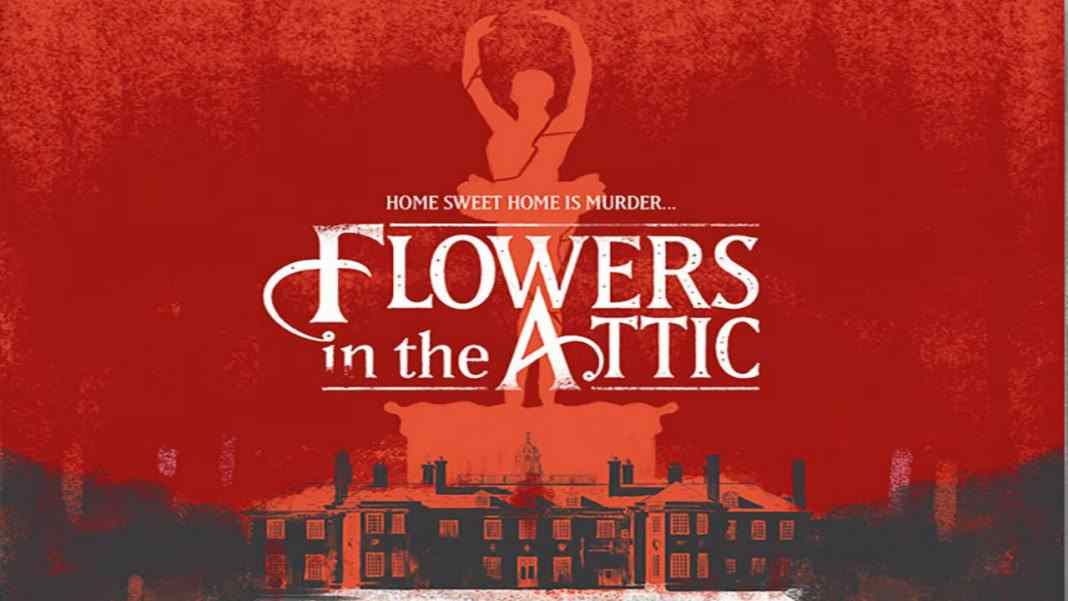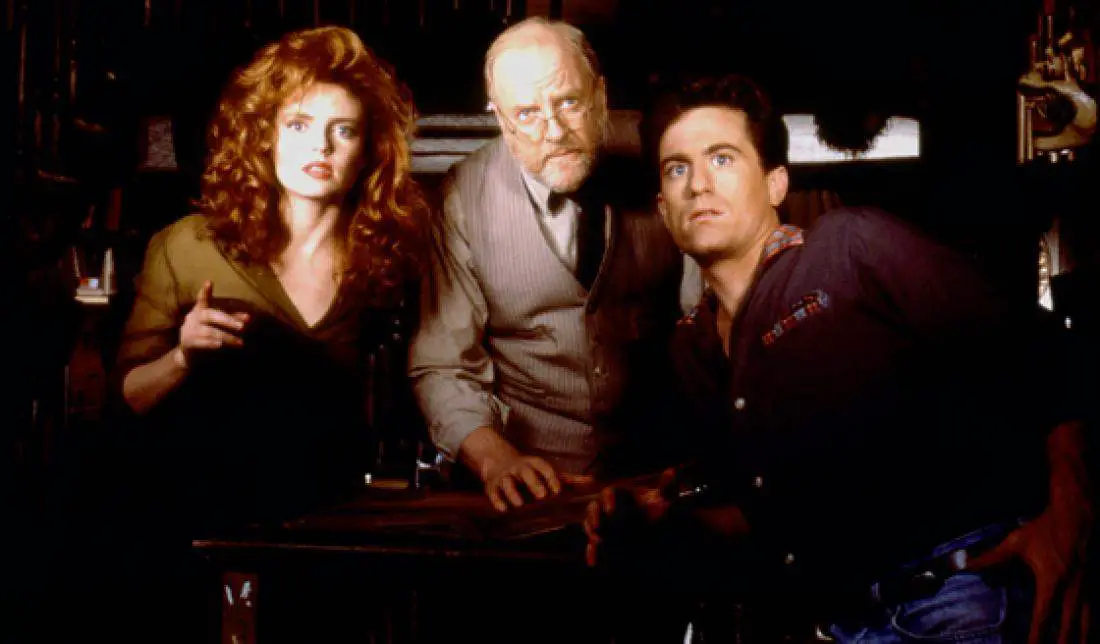There’s no one phrase that makes people more willing to check out a horror film than the “based on a true story.” At the same time, there are few phrases that cause more arguments among fans. It’s either this one or “is Rob Zombie a good director?” that allow for the most heated discussions. Many of the complaints are justified. Who wouldn’t get mad if a film promised it was based on a true story and it turned out not to be true? But then, some fans get mad if even the slightest details are changed. Or others will get upset because they feel like these films are profiting off of real-life tragedy. The argument can go in so many different directions. But if there’s a way to be mad about something, people will always find it.
The truth is, all art is inspired by at least something from real life. A Nightmare on Elm Street is not based on a true story, but Wes Craven did spark the initial idea after reading about teenagers who were mysteriously dying in their sleep. Henry: Portrait of a Serial Killer is based on a true story, but in a much looser way than most people realize. Not only does it take liberties with the confessions of Henry Lee Lucas, but Henry did not commit many of the murders he confessed to.
“Based on a true story” is a very loose term, but horror has always taken and should always take inspiration from everyday life. We live in a very strange world and bizarre, horrific things are happening every single day. Fictionalizing these horrific events and experiencing them from a distance gives us a power over them. There’s always room for more. And with the amount of horror flicks that claim to be based on true events, it’s astonishing that the true stories below have never made the leap to the silver screen.
Henry Rathbone murdered his wife and attempted to kill his own children.
You probably don’t know the name Major Henry Rathbone. Even if you didn’t spend most of high school English wondering what would happen if Pinhead fought Godzilla, as I did, you still probably wouldn’t remember him. But Rathbone was a prominent figure in his day, a national hero, however, he wound up being defined by something he didn’t do: He failed to save the life of Abraham Lincoln. Sitting in the president’s box at the theater, Rathbone spotted Booth and tried to stop him, only to be stabbed in the process. His inability to save the life of the president haunted him until one night in 1883, when he attempted to kill his three children. When his wife tried to stop him, he shot and stabbed her in “a mental replay of that night in Ford’s Theater.”

As great as Joan of Arc was as a leader, as much as she did for women and for helping France to stand up to England, she had questionable choices in company. Joan of Arc was companions with Gilles de Rais, one of the biggest mass murderers in history, a man who supposedly killed up to 800 children between the ages of 6 and 18. Of course, she was unaware of his extracurricular activities, which were numerous and haunting. Like a real life, scarier Freddy Krueger, de Rais would toy with his victims, subjecting them to psychological torture before finally killing them in extremely gruesome ways. Although de Rais appears in the film The Messengers: The Story of Joan of Arc, none of his private life gets highlighted.
 Ted Bundy saved lives at a suicide hotline
Ted Bundy saved lives at a suicide hotline
While there have been many, mostly terrible attempts to tell the life of serial killer Ted Bundy on the screen, they always miss the most haunting aspect of his character. When he was introduced to and became friends with Ann Rule—who would go on to be one of the most successful true crime writers in history and write a book on this very topic—they were working together at a suicide crisis hotline center. Bundy, by all accounts, was very good at it. During that time, he saved lives, even though he was already an active serial killer. This, if anything, shows the huge, insane complexity of human nature. Even the worst people aren’t black and white, and there’s nothing scarier than that.
 The Pet Holocaust
The Pet Holocaust
Okay, I guess I can understand not making this into a film, because who could want to devote this much screen time to animal death? Either way, it’s a haunting story. Just before World War II broke out, in 1939, the British government created a special committee to decide what people should do with their pets once war broke out, with a particular fear that food shortages would only get more problematic if people had to feed their pets. So they sent out pamphlets bearing the title “Advice to Animal Owners” which outlined which guns were best suited for killing your pets. Within a week over 700,000 pets had been killed either by their owners or after having been taken to designated pet disposal centers.
 Island of the Dolls
Island of the Dolls
If you’ve got a fear of dolls, this place is just about every nightmare you could ever imagine. It all started when Santana Barrera, who lived on the island, found the body of a drowned girl and a doll floating a few feet away. As a sign of respect, he hung it from a nearby tree. Not too long after that, he began to hear wailing, whispers and footsteps at night. His hut was miles away from civilization, he was alone, but every night there would be the sound of someone anguished throughout his camp. Over the next fifty years, he began obsessively hanging more and more dolls all over the island to appease the dead girl’s spirit.
 A girl was murdered in a library and nobody heard
A girl was murdered in a library and nobody heard
This movie kind of writes itself. Libraries are quiet places. But what if you needed to scream for help? It’s a puzzling story, which only makes it that much more frightening. Penn State student Aardsma was stabbed in the chest just once, but once proved enough to be fatal. The library was open and there were several other students nearby, but nobody heard any sounds of a struggle. Her body was discovered several minutes later, and people initially assumed that she had passed out or simply fallen asleep in the stacks. The circumstances of this bizarre crime still remain a total mystery.








